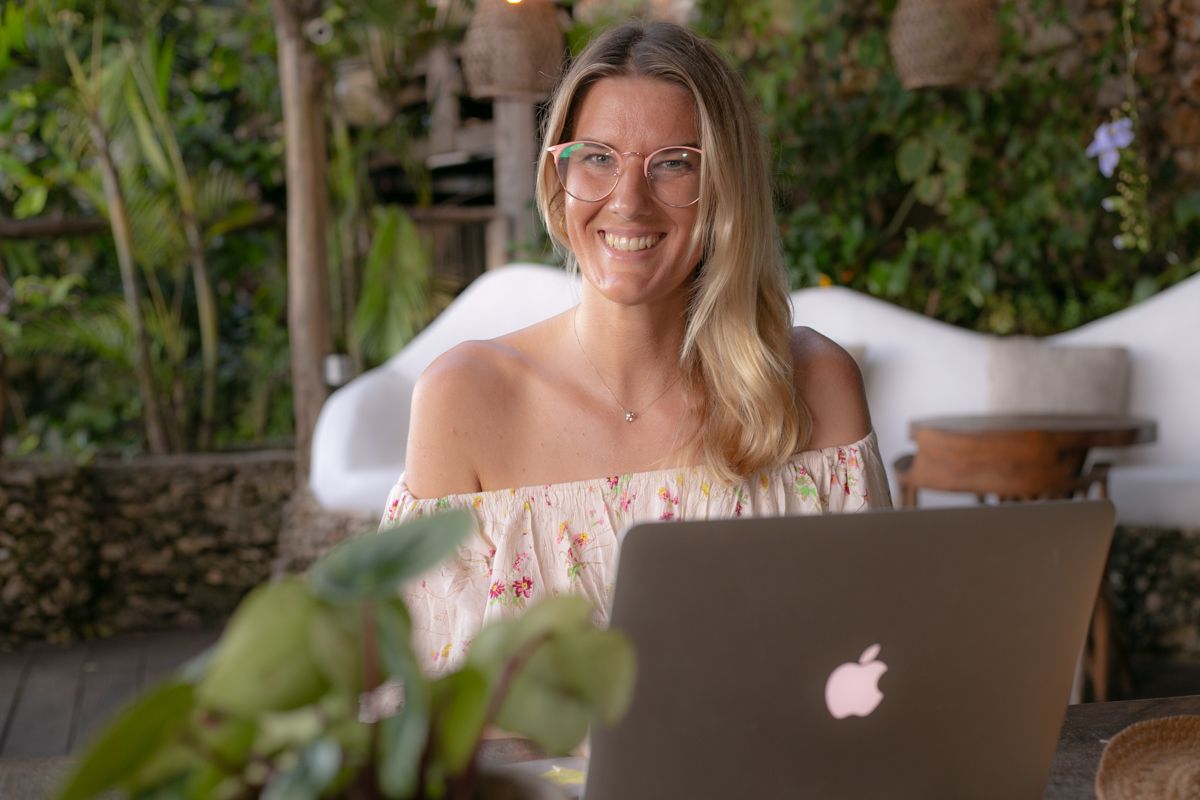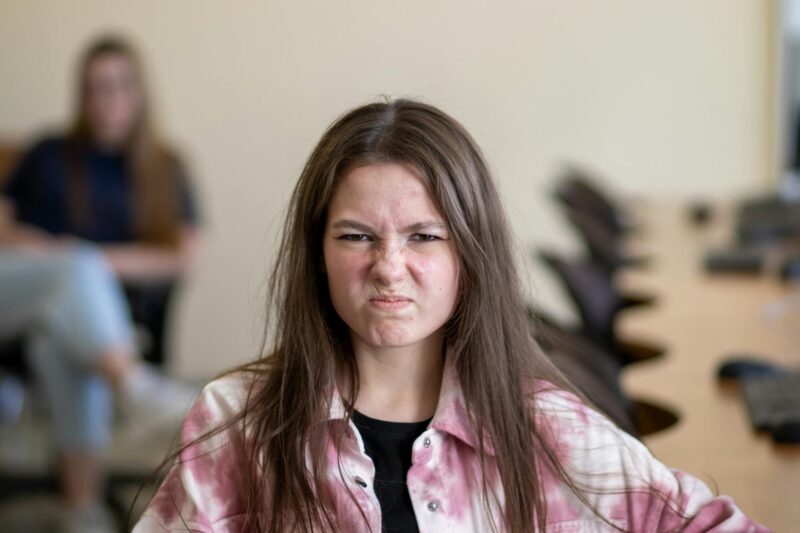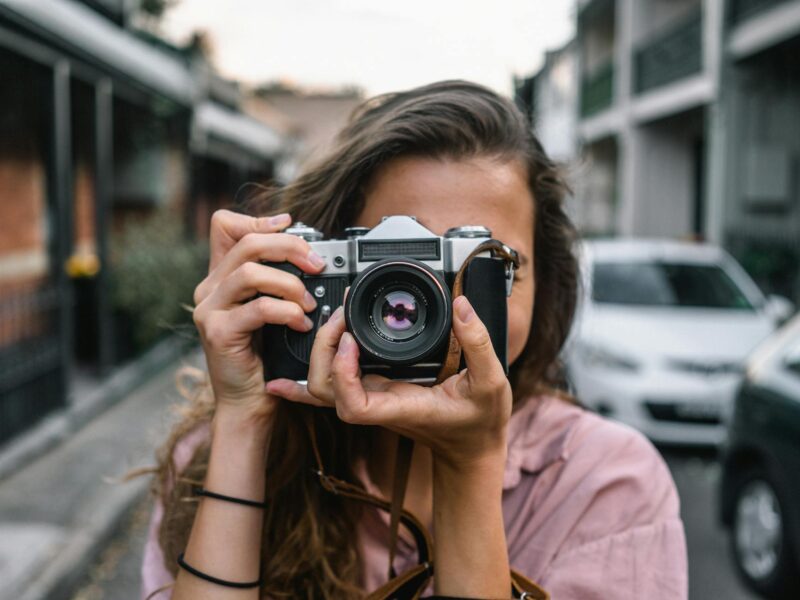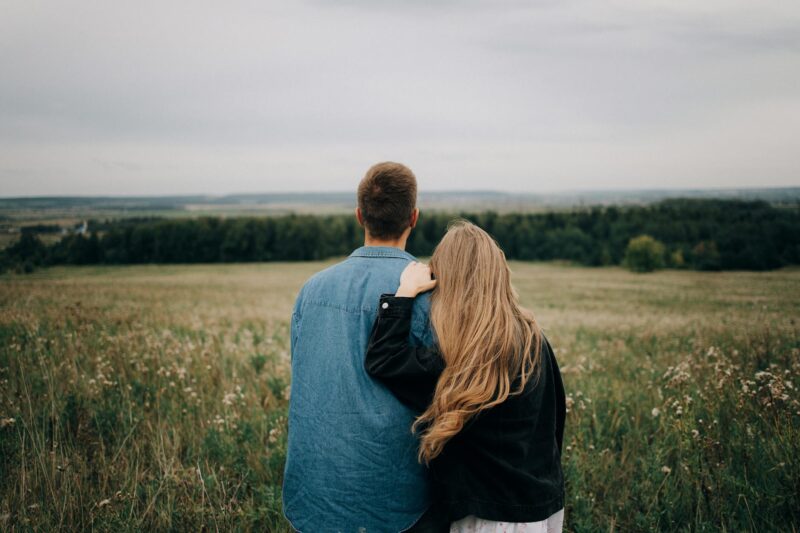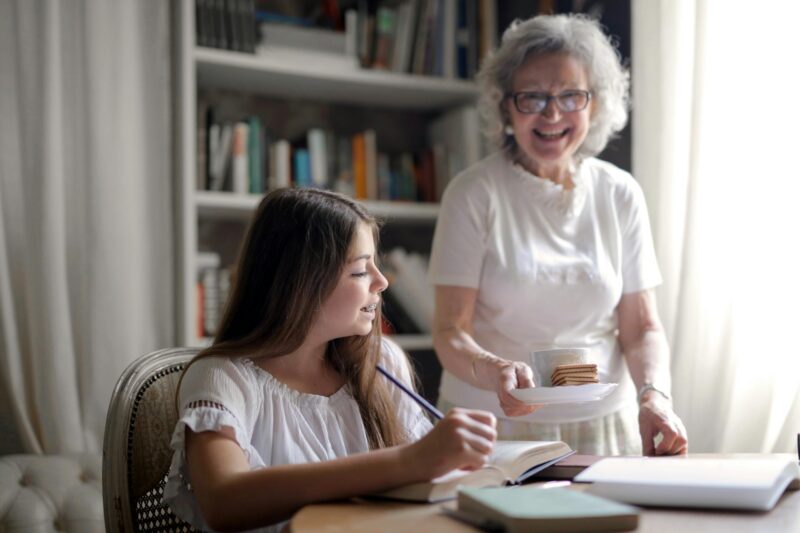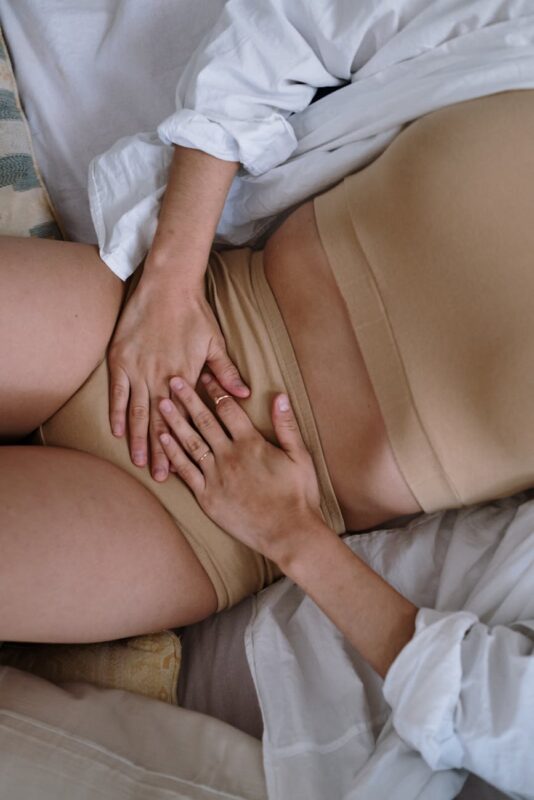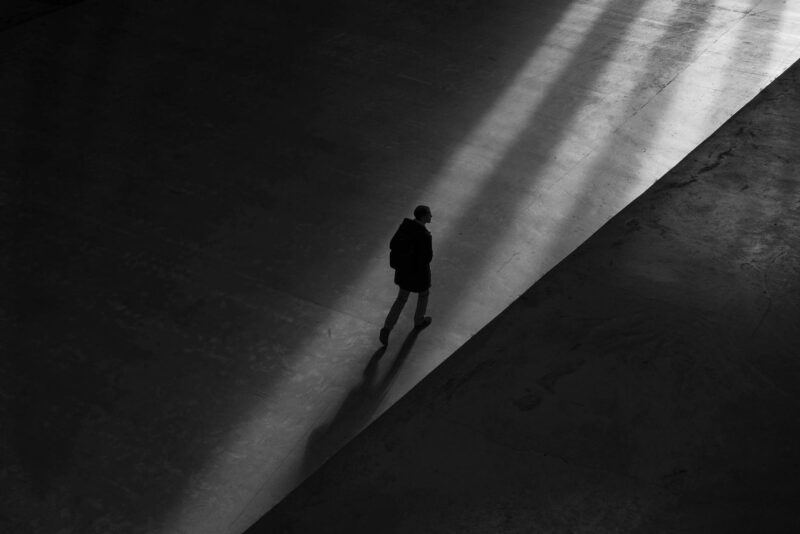Frequently Asked Questions
Arts Therapy
Arts therapy is a form of psychotherapy that utilizes the creative process of art-making to help individuals express their emotions, thoughts, and experiences. It combines traditional talk therapy with various art forms, such as painting, dance, clay, sand play, drawing, sculpture, and music, to facilitate healing and personal growth.
Arts therapy can help individuals of all ages and backgrounds who are struggling with emotional, psychological, or behavioral issues. It can be beneficial for managing stress, anxiety, depression, grief, trauma, self-esteem issues, and improving communication skills, self-expression, and self-awareness. Arts therapy can also promote relaxation, creativity, and personal development.
In an arts therapy session, you will be guided by a trained arts therapist to engage in various art activities based on your unique needs and goals. No prior artistic skills are required, and the focus is not on the final product but the process of creation. You will have the opportunity to explore your thoughts and feelings through the art-making process, and the therapist will facilitate reflection and discussion to deepen your understanding.
Yes, arts therapy is often used with children and adolescents as it provides a non-threatening and non-verbal way for them to express their thoughts and emotions. Art activities can be adapted to suit the developmental level and interests of the child or adolescent, and the therapist uses age-appropriate approaches to engage them in the therapeutic process.
A typical arts therapy session usually lasts for about 60 minutes, although the duration may vary depending on the individual and their needs. The frequency and duration of sessions are usually discussed and determined during the initial assessment with the arts therapist.
Arts therapy is not currently covered by Medicare in Australia. However, some private health insurance providers may offer partial or full coverage for arts therapy sessions. It’s recommended to check with your insurance provider to determine your coverage options.
When seeking an arts therapist in Australia, it’s important to look for someone who is registered with a professional association, such as the Australian and New Zealand Arts Therapy Association (ANZATA). Registered arts therapists have completed accredited arts therapy training programs and adhere to ethical and professional standards.
Yes, arts therapy is a confidential service. Arts therapists are bound by ethical guidelines and professional standards that require them to maintain the confidentiality of their clients’ information and artwork, within the limitations of the law. However, there are exceptions to confidentiality, such as when there is a risk of harm to self or others.
You can make an appointment for arts therapy by contacting Caris directly through the website, email, or phone. I will usually conduct an initial assessment to understand your needs and goals before scheduling your first session.
No artistic experience or skills are required for arts therapy. The focus of arts therapy is on the process of creation rather than the end product. The arts therapist will guide you through the art-making process, and the emphasis is on self-expression and exploration, not artistic talent.
Vulva Portrait Art
Here are some steps that can help you take a good photo of your vulva:
- Find a private and comfortable space where you can take the photo. You may want to use a mirror or a camera with a timer function. Laying on your back on your bed is a great position.
- Open your legs into butterfly pose where your feet are together and your knees down. You may want to shift to the end of the bed.
- Use a good light source, such as natural daylight or a bright lamp, to ensure that the photo is well-lit and clear. Natural light is best but you can also use a flash.
- Holding the camera with one hand reach down and get a good position to take a photo straight on. (Front camera of your phone is good so you can see).
- You can also get assistance here or someone else to take the photo for you.
- Depending on the shape of your vulva, for the commissioned piece you may like to open up the labia or leave it as is. Visit my portfolio gallery to see already drawn pieces for the difference. (Some vulva portraits are the same person).
- Take several photos, and choose the ones that you are most comfortable and happy with. You can delete the rest.
- You do not need to include your face in the photo. You can crop the photo to focus on your vulva, or use a pose that obscures your face. However, it’s important to remember that photos can be traced back to you, so you should take precautions to protect your privacy if you are sharing the photo online or with others.
The positioning of your vulva during a live sitting or photograph for vulva portrait art can vary depending on your comfort level and preferences. Generally, there are two main positions to consider: opening the labia, or leaving them sitting.
If you choose to open your labia, this can provide a more detailed view of your vulva and may allow for a more accurate representation of its unique features. To open your labia, you can use your fingers to gently spread them apart, or you can use a mirror to guide your movements.
If you prefer to leave your labia sitting, this can still provide a beautiful and unique view of your vulva. You can simply sit or lie back comfortably and allow your labia to rest naturally.
Ultimately, the position you choose should be one that feels comfortable and empowering for you. During the live sitting, I will work with you to find a pose and angle that highlights the unique beauty of your vulva, while also ensuring your comfort and privacy.
If you have any concerns or questions about how to position your vulva during the live sitting, please don’t hesitate to discuss them with me beforehand. Open communication can help ensure that the process is enjoyable and empowering for everyone involved.
No, you do not need to include your face in the photo. You can crop the photo to focus on your vulva, or use a pose that obscures your face. However, it’s important to remember that photos can be traced back to you, so you should take precautions to protect your privacy if you are sharing the photo online or with others.
When you commission a vulva portrait art piece from me, I will delete the photo after the drawing has been completed. I understand the importance of privacy and confidentiality, and I am committed to protecting your personal information.
The length of a live sitting for vulva portrait art is 60minutes including drawing, but can vary depending on the specific needs of the piece. During this time, I will work with you to create a comfortable and relaxed environment in which you can pose for the portrait.
You will be required to lay comfortably with your legs apart for about 30-40mins. The best location is on a bed with your knees propped with cushions. You can set an ambiance for this sacred ceremony with candles and music as appropriate for your experience.
Different angles, as well as adjusting lighting and other technical details may be explored to ensure that the final piece accurately captures the details of your vulva. I will also take photographs during the sitting to use as reference material.
It’s important to note that a live sitting for vulva portrait art can be an intimate and vulnerable experience, and it’s important to feel comfortable. I work in a respectful and professional manner to create a piece that reflects your unique beauty and personality.
If you have any questions or concerns about what is involved in a live sitting for vulva portrait art, don’t hesitate to discuss beforehand. Open communication can help ensure that the process is comfortable and enjoyable for all.
As an artist, I find that the best place to conduct a live sitting for vulva portrait art is at your home or space of choice. This ensures a safe, comfortable and relaxed environment for you, which is important when capturing such an intimate and personal part of the body.
If you prefer, we can conduct the sitting on a bed or other comfortable surface, which can allow for natural and comfortable posing. However, it’s important to ensure that the space is well-lit and that I have enough room to set up my equipment and work effectively.
Before the live sitting, we can discuss any privacy concerns or preferences you may have, and I will do my best to create a safe and comfortable environment for you throughout the process.
Vulva portrait art is a form of art that celebrates the beauty and diversity of vulvas. It involves creating artistic representations of vulvas using various mediums such as paint, pencils, and clay.
Vulva portrait art is important because it helps to promote body positivity and reduce the stigma surrounding vulvas. It encourages people to appreciate and celebrate the beauty and diversity of vulvas, which can help to improve self-esteem and sexual confidence.
Creating a Vulva portrait involves several steps.
The artist will typically begin by sketching the vulva on my ipad, using a reference image or a model. I then create a natural version and then a coloured channeled version.
These files are all then sent to you for private use.
The process can take anywhere from 3-6 or weeks, depending on the complexity of the portrait and timing.
The process can take anywhere from 3-6 or weeks, depending on the complexity of the portrait and timing.
Yes, Vulva portrait art can be suitable for public display. However, it is important to consider the audience and the context in which the art will be displayed. Some people may be uncomfortable with images of vulvas, so it may be more appropriate to display the art in a private setting or in a gallery that specializes in erotic or feminist art.
No, Vulva portrait art is for anyone who appreciates the beauty and diversity of vulvas. Men, women, and people of all gender identities can create and enjoy Vulva portrait art.
Yes, you can commission a Vulva portrait!
- Add yourself to the waitlist or book directly by contacting Caris
- 15min call with artist
- Choose what you’d like
- Live drawing
- Photograph
- You photograph
- Appointment with Artist for photograph, or casting or send your photo directly to artist
- Payment information and questions sent
- It will take about 3-6wks depending on work load
- Final payment on completion depending on cast or drawing
- Files/ casting sent to client
- Answers to questions/ interview sent to artist
There are many potential benefits of vulva portrait art, including:
-
Empowerment and self-love: By commissioning a vulva portrait, you are celebrating and embracing the unique beauty and individuality of your body. This can help boost your confidence, self-esteem, and overall sense of self-love and acceptance.
-
Normalization of diversity: Vulva portrait art can help promote a more inclusive and diverse representation of female anatomy, and can challenge harmful societal norms and expectations around beauty standards and body image.
-
Education and awareness: By creating and displaying vulva portraits, we can help promote education and awareness around female anatomy, sexual health, and body positivity.
-
Artistic expression and creativity: Vulva portrait art can be a beautiful and unique form of artistic expression, both for the subject and the artist. It can inspire creativity and challenge traditional notions of what is considered beautiful or acceptable in art.
-
Legacy and commemoration: A vulva portrait can serve as a personal and intimate piece of art that captures a specific moment in time, and can be passed down as a legacy or commemoration of one’s life and body.
Ultimately, the benefits of vulva portrait art can be highly personal and individual, and may vary depending on the subject and their motivations for commissioning the portrait.
Within the realm of spirituality, holistic healing, and women’s empowerment, the term “yoni” holds profound significance. Derived from Sanskrit, “yoni” represents the sacred feminine energy and encompasses the entirety of the female reproductive system. Beyond its anatomical meaning, the concept of the yoni symbolises the creative power, wisdom, and divine essence inherent in womanhood. In this blog, we delve into the deeper understanding of the yoni, exploring its spiritual and symbolic dimensions.
Multidimensional Channel, Reiki and Energy Healing
Chakras are an essential aspect of various energy healing practices, including Reiki and other forms of holistic healing. They are believed to be spinning energy centers or wheels of energy located along the central channel of the body, aligned with the spine. These energy centers are thought to play a significant role in the overall health and well-being of an individual, influencing physical, emotional, mental, and spiritual aspects of life.
Key points about chakras:
-
Number and Locations: There are typically seven primary chakras, although some systems recognize additional minor chakras throughout the body. The main seven chakras are situated from the base of the spine to the crown of the head.
a. Root Chakra (Muladhara): Located at the base of the spine, this chakra governs feelings of stability, security, and connection to the Earth.
b. Sacral Chakra (Svadhisthana): Positioned in the lower abdomen, this chakra is associated with creativity, sensuality, and emotional well-being.
c. Solar Plexus Chakra (Manipura): Situated above the navel, this chakra influences self-esteem, personal power, and confidence.
d. Heart Chakra (Anahata): Found at the center of the chest, this chakra represents love, compassion, and the ability to connect with others.
e. Throat Chakra (Vishuddha): Located in the throat region, this chakra is associated with communication, self-expression, and authentic voice.
f. Third Eye Chakra (Ajna): Positioned between the eyebrows, this chakra is connected to intuition, inner wisdom, and spiritual insight.
g. Crown Chakra (Sahasrara): Located at the top of the head, this chakra is associated with spiritual connection, higher consciousness, and enlightenment.
-
Flow of Energy: Each chakra is believed to have a specific vibrational frequency and is associated with particular qualities and colors. When the chakras are open and balanced, energy flows freely through them, promoting a state of overall well-being. However, when the chakras are blocked, it can lead to physical, emotional, or spiritual imbalances.
-
Balancing Chakras: Energy healing practices, such as Reiki and chakra balancing, aim to remove blockages and restore the flow of energy within the chakras. This can promote healing and improve the individual’s physical health, emotional stability, mental clarity, and spiritual growth.
-
Connection to Health: In energy healing, it is believed that the condition of the chakras can impact different aspects of a person’s life, including their physical health, emotions, thought patterns, and spiritual experiences. By addressing imbalances and blockages within the chakras, individuals may experience enhanced well-being and a deeper connection to themselves and the world around them.
Reiki is a Japanese healing technique that utilizes the practitioner’s hands to transfer universal life force energy to the recipient. This energy helps to cleanse and balance the body’s energy centers, promoting relaxation, healing, and overall well-being.
Energy healing is a holistic practice that aims to restore balance and harmony within the body’s energy systems. It involves the use of various techniques, such as Reiki, to channel healing energy into the recipient’s energy field, promoting physical, emotional, and spiritual well-being.
Energy healing works by clearing energy blockages and imbalances in the body’s energy field. The practitioner acts as a conduit for healing energy, directing it to the areas of the recipient’s body where it is needed most. This process stimulates the body’s natural healing abilities and promotes a sense of inner harmony and peace.
During an energy healing session, you can expect to lie down comfortably, fully clothed, on a treatment table. The practitioner will place their hands gently on or above your body, allowing healing energy to flow through them. Recipients often experience deep relaxation, a sense of warmth or tingling, and emotional release during the session.
Yes, energy healing is extremely safe and non-invasive. It is a complementary healing modality and can be used alongside conventional medical treatments. However, it’s essential to choose a qualified and experienced practitioner for the best results.
There is a phenomenon in the healing modalities that is often known as the “healing crisis” or “Herxheimer reaction” (purge) which relates to feeling worse after experiencing a healing session or modality. It is named after the German dermatologist Dr. Karl Herxheimer, who first described it in the late 1800s. The Herxheimer reaction is not exclusive to healing sessions; it can occur after various types of detoxification or healing interventions.
The healing crisis occurs when the body undergoes a detoxification process, such as energy healing sessions, Reiki, or other holistic therapies, that stimulate the release of toxins or energy blockages from the body’s tissues. As the body eliminates these accumulated toxins, it may temporarily experience various physical, emotional, or energetic symptoms that can be uncomfortable or flu-like.
Common symptoms of a healing crisis may include:
- Fatigue or lethargy
- Headaches
- Body aches and pains
- Nausea
- Digestive disturbances
- Emotional release or mood swings
- Temporary worsening of existing symptoms
- Increased sensitivity or awareness
The healing crisis is considered a positive sign that the body is responding to the healing process and releasing stored toxins or energy blockages. It is a natural part of the healing journey and can vary in intensity and duration from person to person.
It’s essential to understand that while the healing crisis may cause discomfort, it is generally a temporary phase and is followed by a sense of improved well-being and vitality. The body’s healing mechanisms are activated during this process, promoting physical, emotional, and spiritual healing and restoring balance to the body’s energy systems.
If you experience a healing crisis after a session, it is crucial to communicate with your healing practitioner about your symptoms. They can provide guidance, reassurance, and support throughout your healing journey. Additionally, staying hydrated, getting adequate rest, and allowing your body time to process the changes can be beneficial during this period.
Please note that the information provided here is for general understanding, and if you have any health concerns or specific reactions after a healing session, it is best to consult with a qualified healthcare professional to ensure proper evaluation and care.
The number of sessions required varies from person to person. Some individuals may experience significant benefits after just one session, while others may benefit from multiple sessions to address chronic or long-standing issues. Your practitioner will guide you on the best treatment plan based on your unique needs. Depending on how you respond to the energy, you may be able to have as many sessions as you like with little to no integration period.
Energy healing can complement traditional medical treatments and may provide relief for various health conditions. However, it is essential to understand that energy healing is not a substitute for professional medical care. Always consult with your healthcare provider for any medical concerns.
Yes, energy healing can be conducted remotely. Energy is not bound by physical distance, so practitioners can effectively send healing energy to recipients anywhere in the world. I find it actually more potent and precise to conduct a remote energy healing, however the physical touch can help ground a person who s experiencing imbalance in this energy centre. It can also help with openness and belief in the session.
Yes, energy healing is safe and beneficial for children and animals. It can help promote relaxation, reduce anxiety, and support overall well-being for both children and pets.
Before your session, it’s helpful to wear comfortable clothing and have an open mind to the healing process. You may also want to share any specific concerns or goals with your practitioner to tailor the session to your needs. You will be asked to take off any jewellery that may be obstructing the flow of energy, and your glasses if you wear these. It is advised for clients to not drink alcohol for the 24 hrs before and post treatment. Post treatment it is advised to have space and time to be able to rest adequately.
Energy clearing for houses, also known as space clearing or house cleansing, is a practice used to remove stagnant or negative energies from a living or working environment. The intention is to create a harmonious and balanced atmosphere, promoting positive energy flow and a sense of well-being within the space.
If you have any specific questions about energy clearing for houses, feel free to ask, and I’ll do my best to provide you with helpful information and schedule in an appointment to clear your home.
Once your home is cleared, however, you must be prepared to fill your home with your positive energy and claim your space so that the home or area is not again tainted or inhabited by unwanted energies.
Grounding, also known as earthing, is a practice that connects us with the Earth’s natural energy and restores a sense of balance and stability. In our modern lives, we are often exposed to various electromagnetic frequencies and distractions, which can leave us feeling ungrounded and disconnected.
Grounding involves physically connecting with the Earth’s surface, such as walking barefoot on grass, soil, sand, or immersing oneself in nature. This direct contact allows us to absorb the Earth’s electrons, which are believed to have numerous health benefits. Grounding helps to discharge excess energy, reduce stress, improve sleep, and bring a sense of calm and centeredness.
In addition to physical grounding, there are grounding techniques within energy healing practices. In this context, grounding involves visualizations and meditations that create a connection between an individual’s energy and the stabilizing energy of the Earth. This energetic grounding can help individuals feel more anchored, focused, and in tune with their surroundings.
Both physical and energetic grounding practices are vital for maintaining balance, supporting overall well-being, and harmonizing the energy body with the Earth’s natural rhythms.
Energy is a fundamental life force that flows through everything in the universe. All matter is made up of vibrating energy particles, creating colour and matter. In the context of the human body, it is the unseen force that sustains life, vitality, and consciousness. The energy body, also known as the subtle body, is an intricate network of energy channels, often referred to as meridians or nadis, and energy centers called chakras. These energy centers and pathways are believed to play a crucial role in the overall well-being of an individual, influencing physical, emotional, mental, and spiritual aspects of life.
Energy healing practices, such as Reiki and other modalities, work with the energy body to promote balance, remove blockages, and enhance the flow of vital life force energy. These techniques aim to restore harmony within the energy body, leading to improved health, emotional stability, mental clarity, and spiritual growth. Understanding and nurturing the energy body is a key aspect of holistic healing, allowing individuals to tap into their innate healing abilities and achieve a profound sense of well-being.

